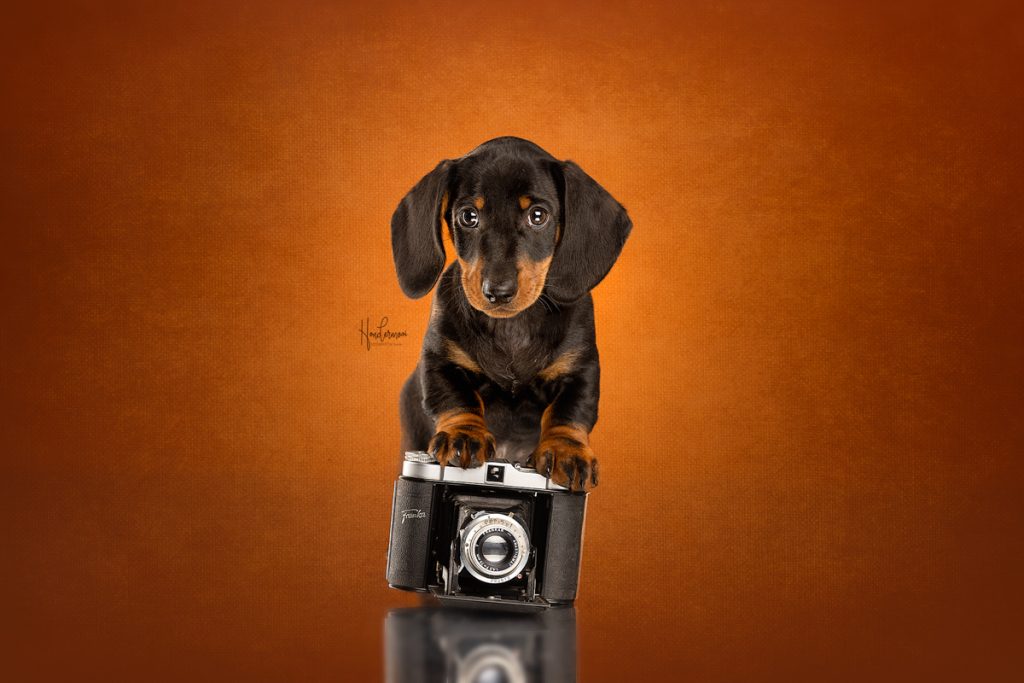In this article you can read everything about my gear for photographing pets.
I have been a loyal Canon user for years. Currently, I work with the Canon R5, and the Canon R6 serves as my backup camera. Since I switched from a DSLR to a mirrorless system camera, I don’t want to go back.
I find it convenient not to have to look through the viewfinder with a system camera, allowing me to maintain better contact with the owner and the dog. A successful photoshoot is ultimately teamwork! The automatic eye recognition also makes a world of difference in quickly focusing and not missing the perfect moment!
Finally, I appreciate the lighter weight of a system camera compared to a DSLR. Especially when shooting a lot, you begin to feel the difference quickly!
What lenses are in my camera bag?
RF 15-35 mm 2.8
I enjoy using this lens to photograph my own cats. When photographing my own animals, there’s usually no helping hand nearby. It’s handy not to have to take too much distance because they might have other plans than cooperating with the photoshoot 🙂
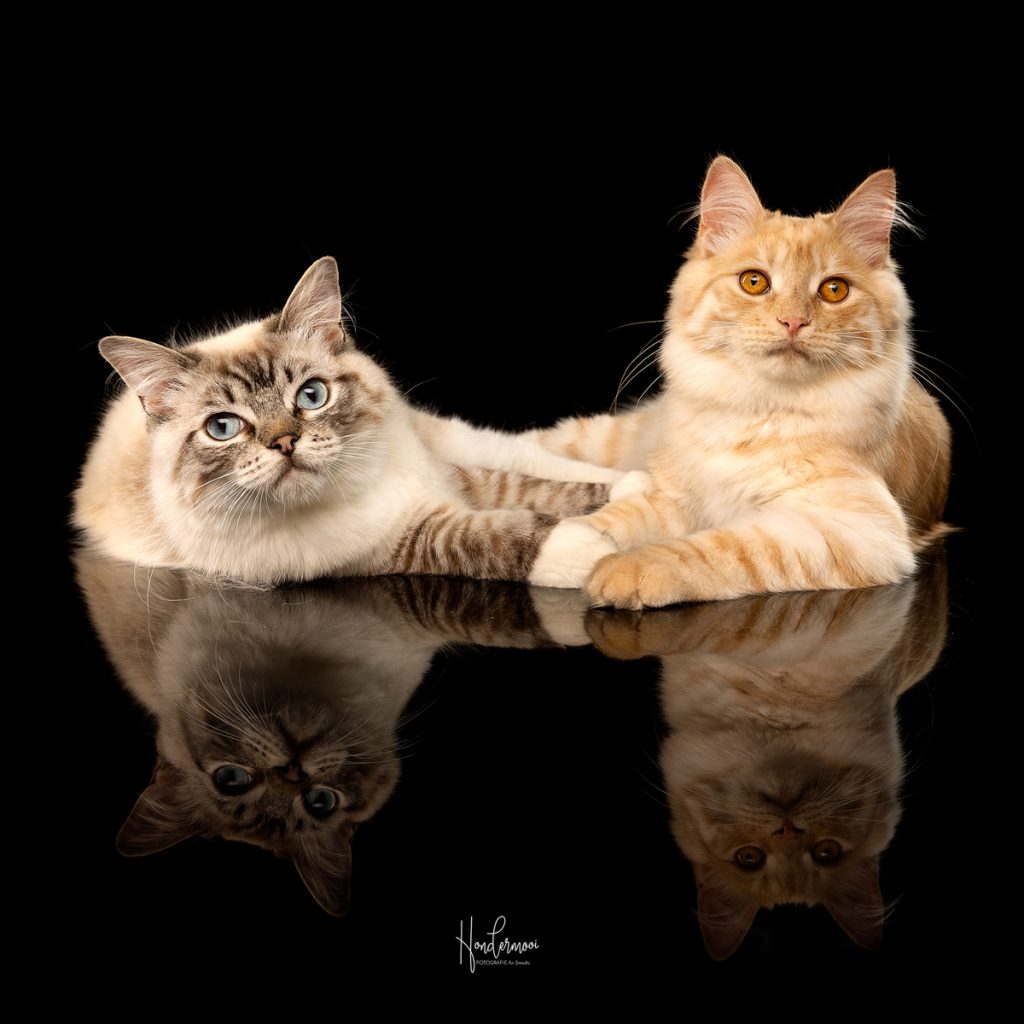
This lens is also ideal for capturing moments like a dog catching treats. You are close to the dog and can easily throw the treat yourself to capture the perfect moment.
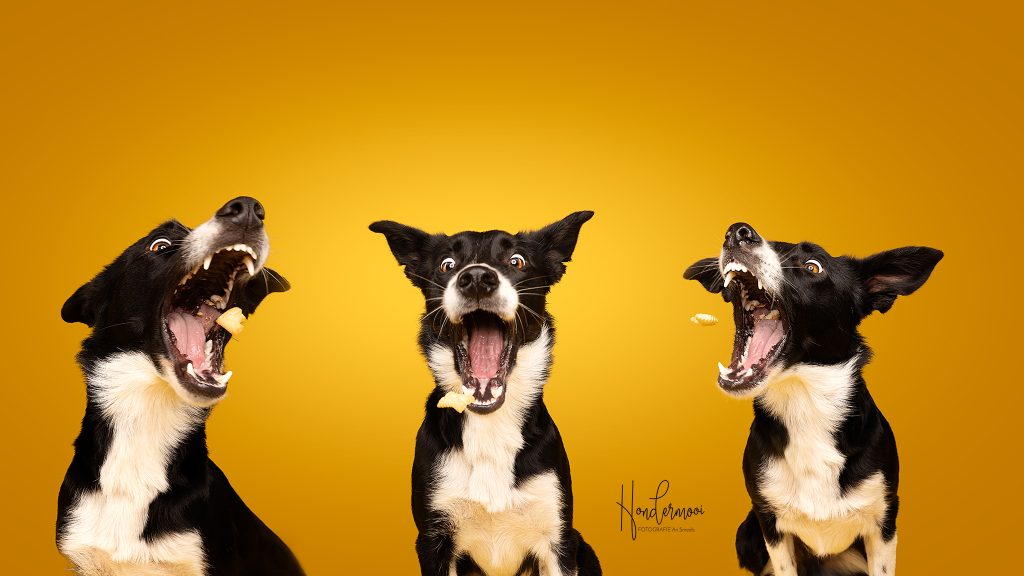
I also frequently bring this lens to outdoor shoots to create more creative photos from a different perspective, as seen in the photo below with the labrador puppy and the owners.
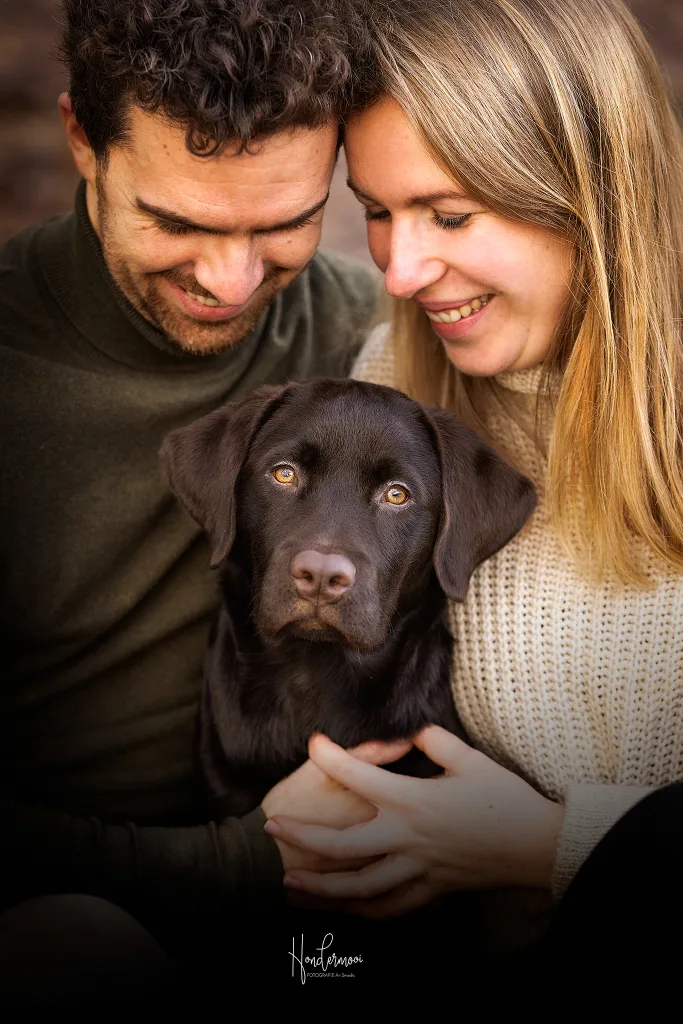
Sigma Art 85 mm 1.8
I use this lens with an adapter ring on the R5, and all functions are perfectly retained. For storytelling photos, I rely on the 85 mm, especially when you don’t have enough space indoors to use a telephoto lens and want to avoid too much distortion in your portraits.
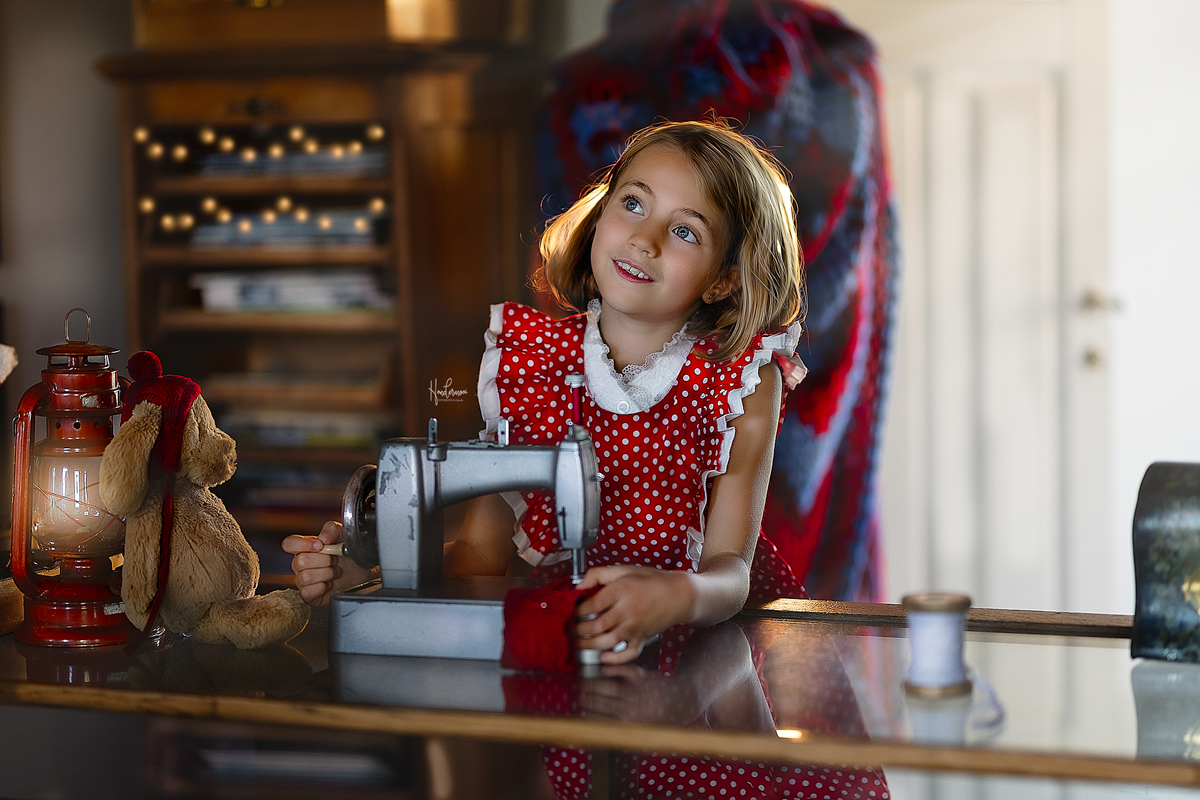
I occasionally use this lens outdoors, as shown in the photo below.
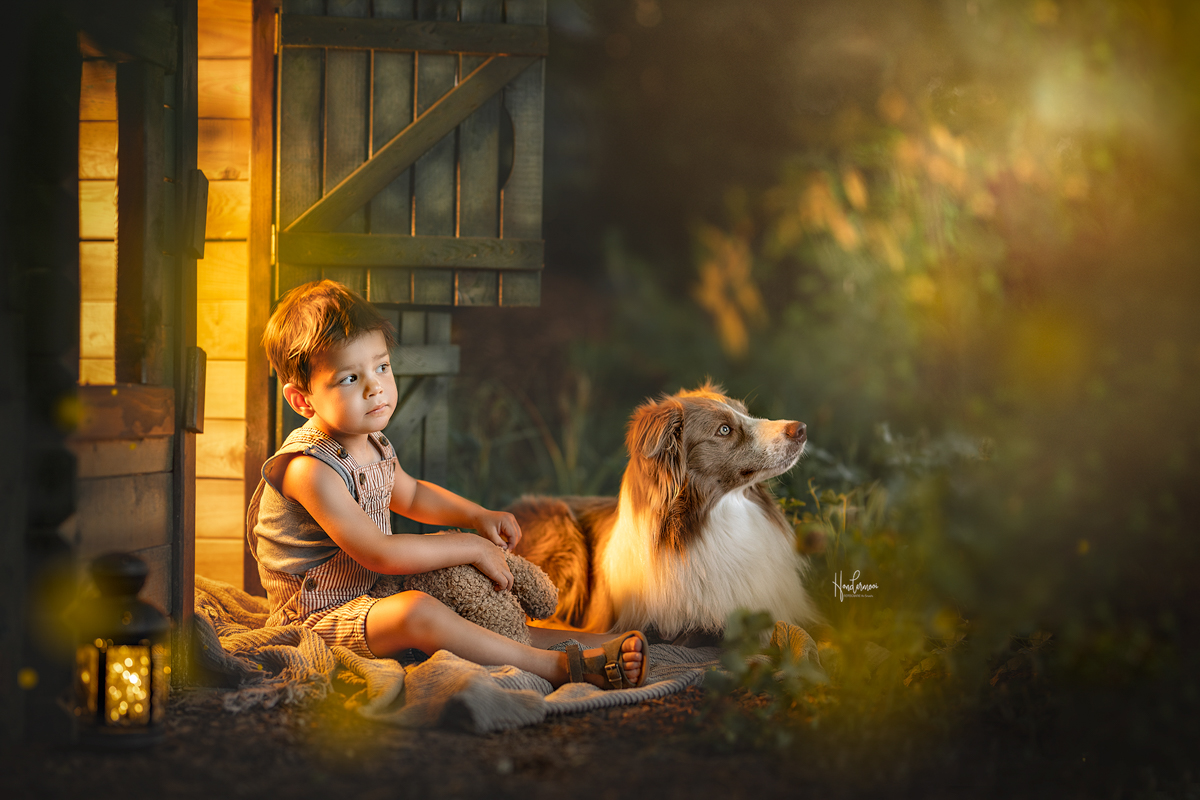
Sigma Art 135mm 1.8
This is my favorite lens for outdoor photography, also used with an adapter. The wide aperture provides a beautiful blurry background in your photos, and personally, I find it valuable not to have to take too much distance from your subject, allowing good communication with the owner.
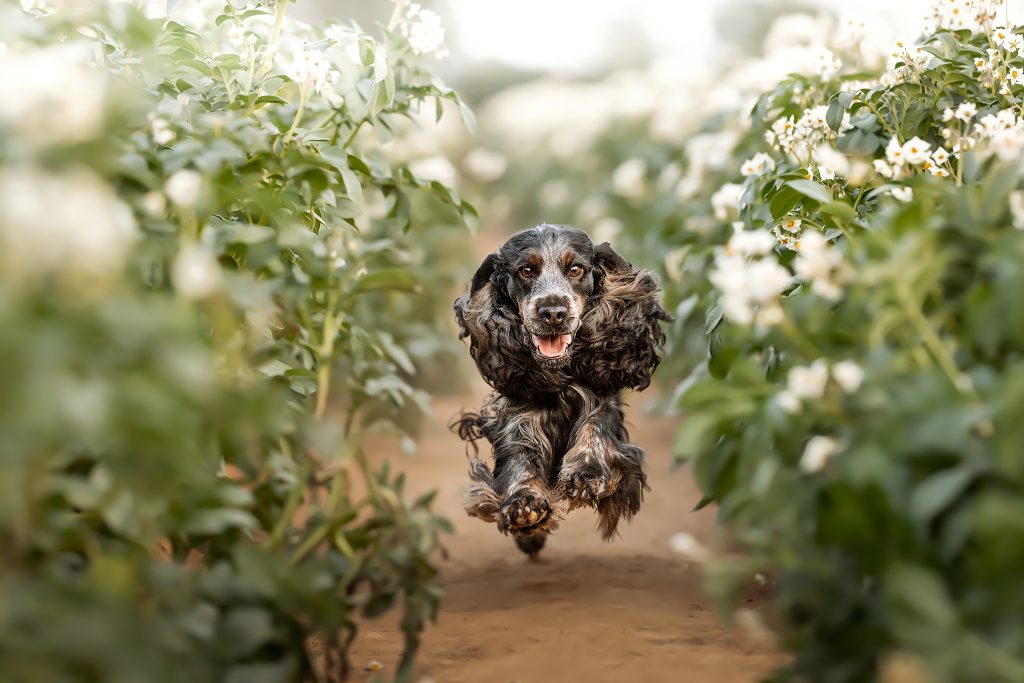
RF 70-200mm 2.8
My favorite studio lens! I know this is the “go-to” lens for many dog photographers outdoors, but I prefer using this lens in the studio. You do need sufficient space to maintain an adequate distance, but fortunately, I have a large studio space. It’s handy to be able to zoom in and out occasionally with fast-moving animals, ensuring you don’t miss any opportunities or can quickly switch between headshots and full body shots, which is almost impossible with a fixed lens. The RF 70-200mm is smaller than the EF version for DSLR cameras and therefore more “ergonomic” for longer shoots. Top quality for your clients is guaranteed with this lens.
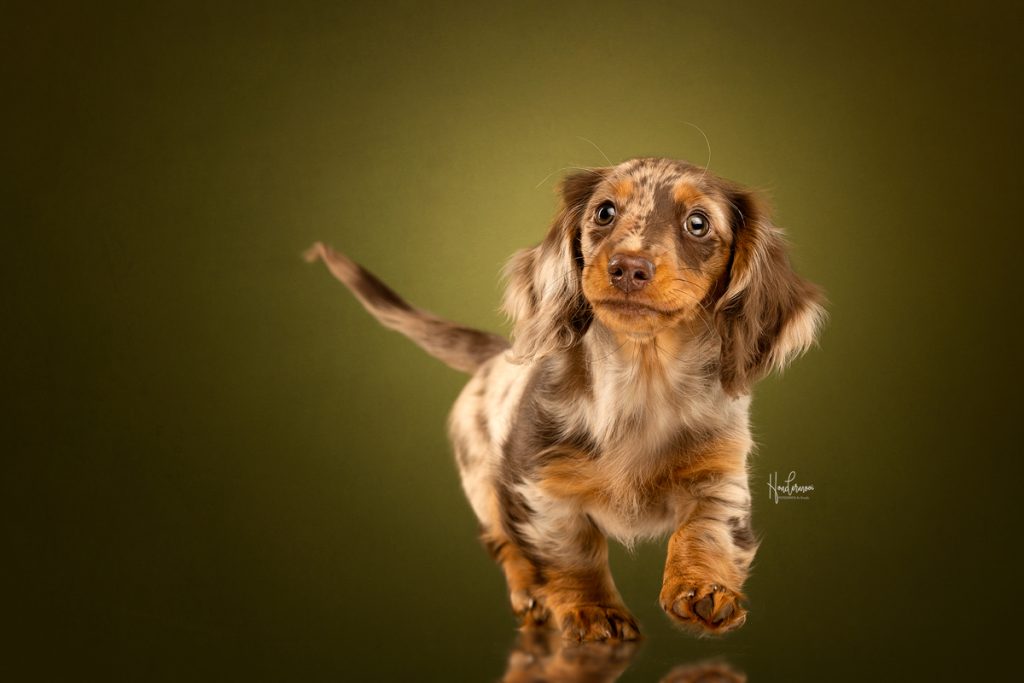
RF 100mm 2.8
Finally, I have this macro lens, which I occasionally use to capture high-quality, detailed photos of eyes and noses.
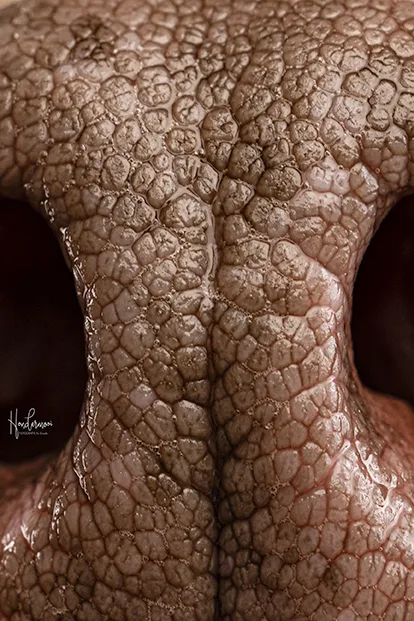
Do you want to learn more about dog photography? During a workshop you can use my camera and lenses and I will help you to find out which gear will work the best for you!
Subscribe for the newsletter if you don’t want to miss any updates!
